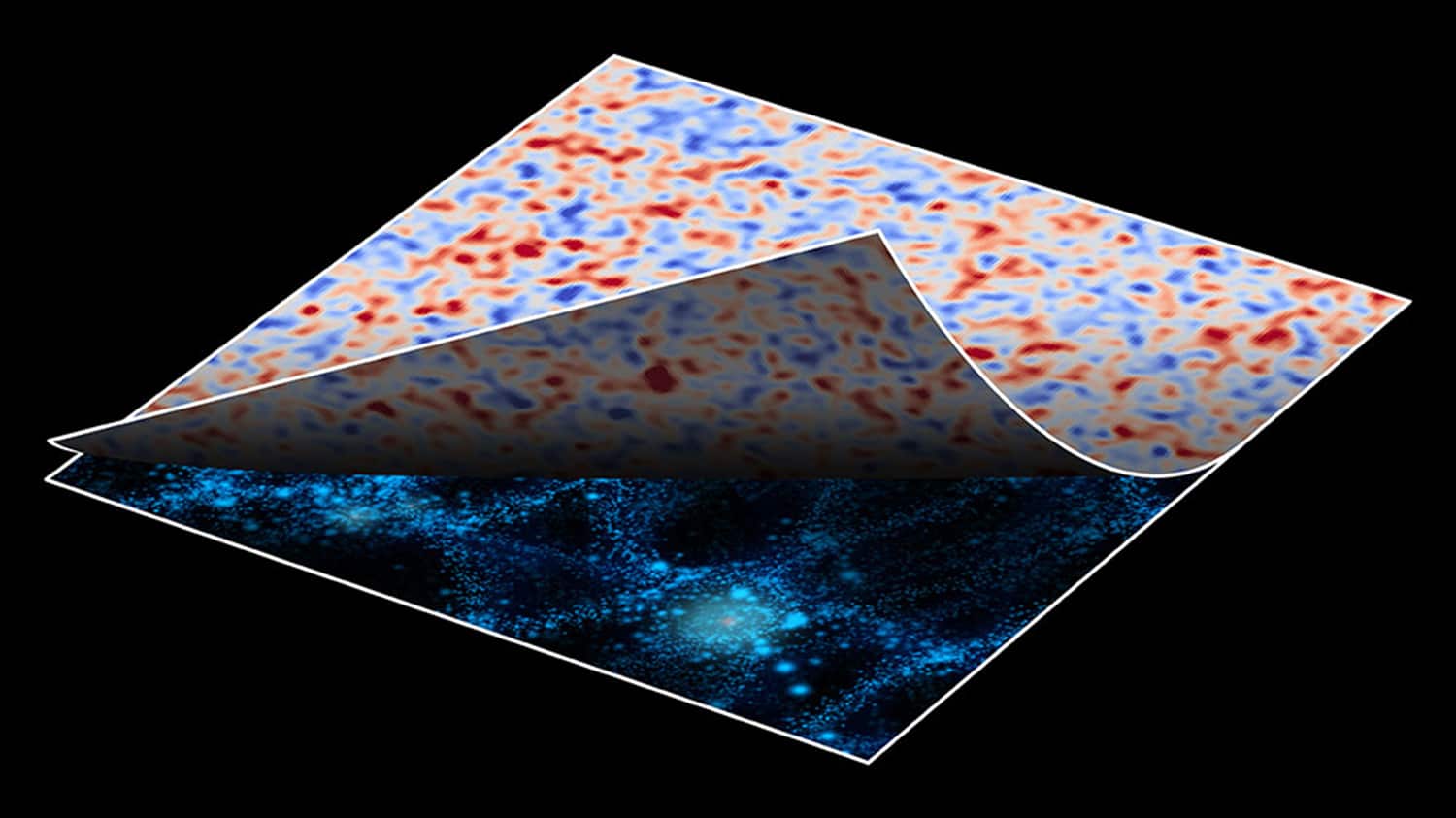
What is the shape of our Universe?
As indicated by Einstein’s theory of General Relativity, space itself can be curved by mass. Thus, the density of the Universe- how much mass it has spread over its volume- decides its shape and its future.
Due to noise in existing astronomical data because of random variations in galaxy shapes, astronomers couldn’t confirm what shape of the Universe is.
Wide area survey data makes it possible to study the Universe’s large-scale structure: especially via measurements of gravitational lensing patterns. Most of the large structures consist of mysterious dark matter that distorts the shapes of farthest galaxies. Despite this, the expected lensing effect is subtle.
However, this technique has its limitations: it is difficult to distinguish between a galaxy image distorted by gravitational lensing and a galaxy that is distorted. Scientists dubbed this as shape noise.
Averaging over many galaxies in an area is required to create a map of foreground dark matter distributions.
Using a newly developed AI technique, astronomers from the National Astronomical Observatory of Japan have successfully removed noise from astronomical data. Astronomers applied this new tool to the data obtained from Japan’s Subaru Telescope: They found that the mass distribution derived from using this method is consistent with the currently accepted models of the Universe.
Astronomers, in this study, used ATERUI II, the world’s most powerful supercomputer dedicated to astronomy, to generate 25,000 mock galaxy catalogs based on real data from the Subaru Telescope. They then added realist noise to these artificial data sets and trained AI to recuperate the lensing dark matter from the mock data measurably.
After training, the AI was able to recover previously unobservable fine details. Then using this AI on real data covering 21 square degrees of the sky, the team found a distribution of foreground mass consistent with the standard cosmological model.
Masato Shirasaki, the team leader, said, “This research shows the benefits of combining different types of research: observations, simulations, and AI data analysis. In this era of big data, we need to step across traditional boundaries between specialties and use all available tools to understand the data. If we can do this, it will open new fields in astronomy and other sciences.”
Journal Reference:
- Masato Shirasaki et al. Noise reduction for weak lensing mass mapping: An application of generative adversarial networks to Subaru Hyper Supreme-Cam first-year data. DOI: 10.1093/mnras/stab982
Continue reading Revealing the actual shape of the Universe using AI on Tech Explorist.
0 comments:
Post a Comment